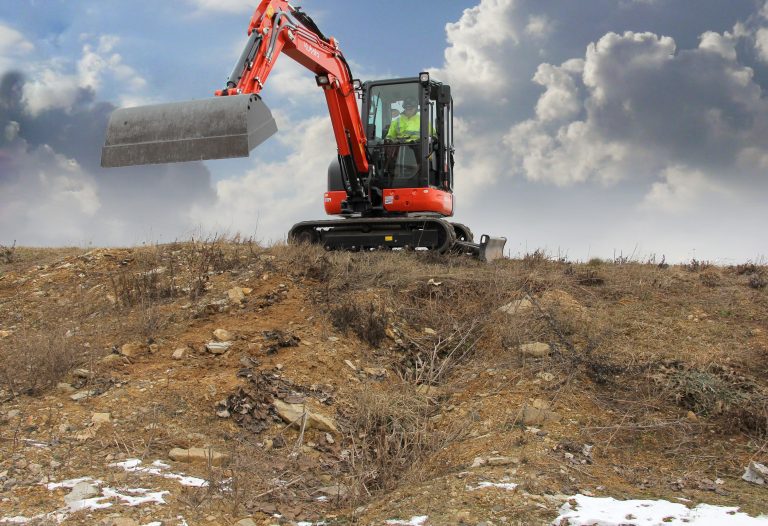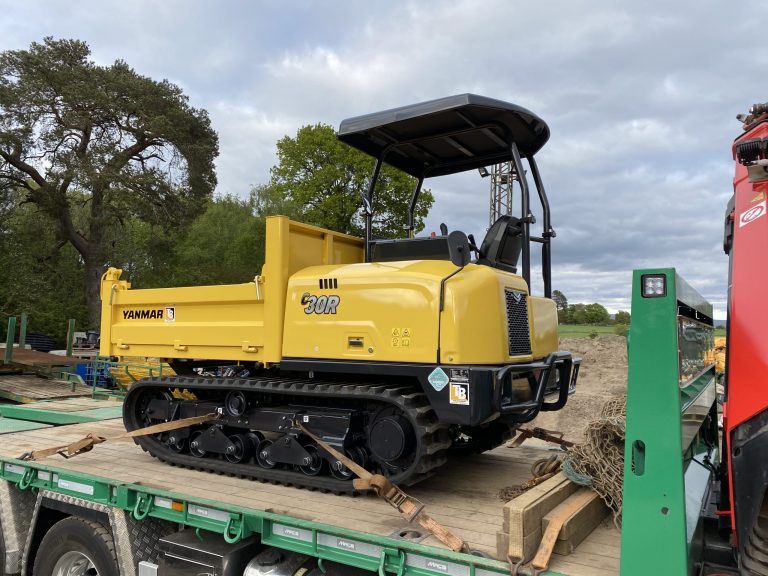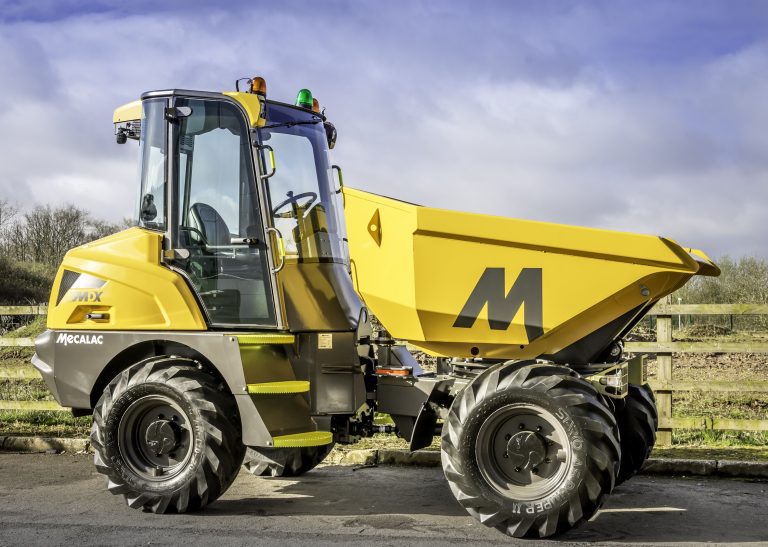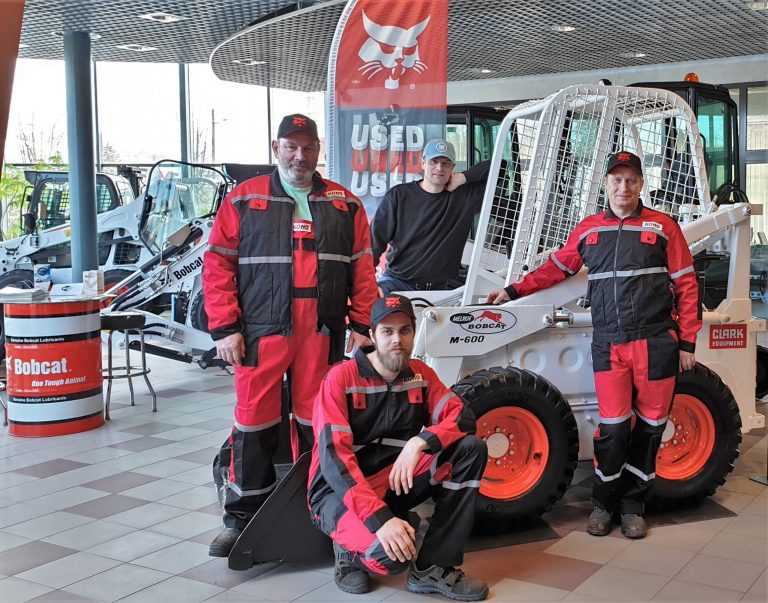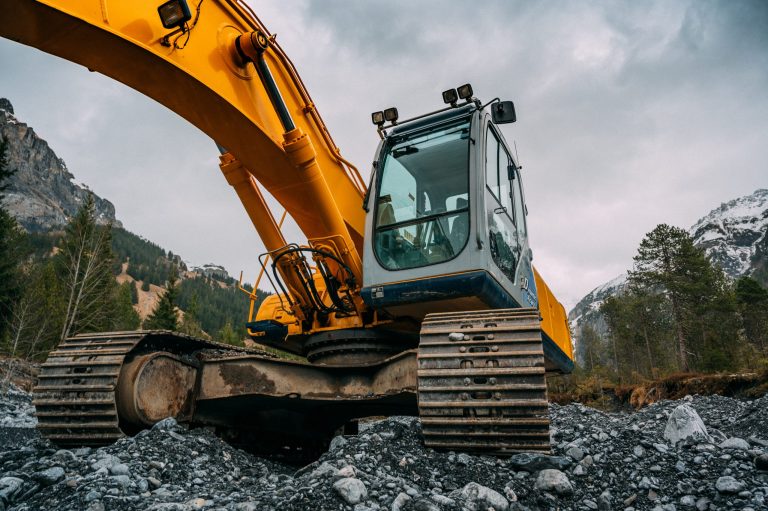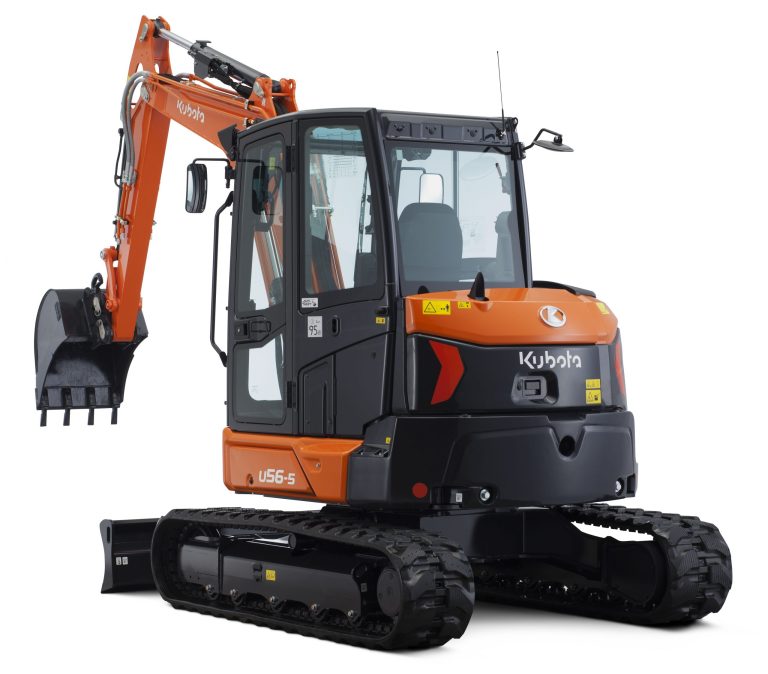The first new Doosan DX350LC-7 36 tonne crawler excavator in Italy has helped to secure the bed of the But creek, a tributary of the Tagliamento river in the province of Udine in Northern Italy. Part of a fleet of Doosan equipment, including two further crawler excavators, two articulated dump trucks (ADTs) and a wheel loader, the DX350LC-7 is involved in cleaning and safety operations along 4 km of the riverbed, to repair damage caused by the catastrophic Vaia Storm at the end of 2018. The new DX350LC-7 has been purchased by Mingotti T. Srl, based in Tavagnacco in Udine and supplied by DMO Spa, the Authorised Dealer for Doosan and Bobcat for the regions of Emilia Romagna, Veneto, Friuli Venezia Giulia and Lombardy as well as Milan, Cremona, Mantua, Lodi, Pavia, Varese, Monza and Brianza. Based on years of working closely together, Mingotti T. Srl chose DMO for the sale and rental of the machines necessary for the work on the bed of the But creek and was contracted to do this work by the authorities in the Friuli Venezia Giulia region. The scope of the operations extended from the confluence of the But creek with the Tagliamento in Cercivento (in the municipalities of Sutrio, Paluzza and Cercivento), involving repair of the damage caused by floods during the Vaia storm, rebuilding bank defences and the reprofiling of the bed of the creek. The new Doosan DX350LC-7 crawler excavator has proved to be the ideal choice for moving 200,000 m3 of material from the bed and laying over 5000 tonne of boulders for the construction and repair of the embankments. “The DX350LC-7 represents our latest purchase,” says Francesco Mingotti, Technical Director of Mingotti T. Srl, “Over the years we have appreciated Doosan’s attention to fuel consumption, which on the new Doosan engine-powered DX350LC-7 is only 19 l/h, which is better than other machines on the market, and is combined with excellent productivity. “By our calculations, this equates to moving about 250 m3 more material per day and savings of about 38 l per day of fuel compared to other machines.” DX350LC-7 Robustness, Productivity and Environmental Protection The DX350LC-7 features Doosan’s innovative D-ECOPOWER technology, that improves productivity, offers more regular control of the machine and reduces fuel consumption. The D-ECOPOWER system uses nine sensors to detect the amount of hydraulic oil necessary to accomplish a specific task and precisely meter the amount of oil required rather than continuously forcing a fixed amount of oil through the system, thereby improving efficiency. To meet Stage V engine emission regulations, the new DX350LC-7 excavator is powered by the latest generation Doosan DL08V diesel engine, providing 209 kW of power at 1800 RPM. The DL08V engine offers a new solution to exceed Stage V regulations without exhaust gas recirculation (EGR), that boosts the quantity of air available during combustion, increasing the temperature of the process and greatly reducing the amount of particulates produced. This is combined with super-efficient DOC/DPF+SCR after-treatment technology to ensure minimal emissions. Already excelling in spaciousness and ergonomics, the new cab in the DX350LC-7 model takes operator comfort and ease of operation to unheralded levels. As well as a new high quality seat, the enhanced cab offers more features as standard than other machines on the market, ensuring super controllability and high precision in all applications. Mingotti T. Srl and DMO Spa Mingotti T. Srl has been active in the construction sector in Friuli Venezia Giulia for three generations, with over 50 years of experience in earthmoving and infrastructure projects, including river work construction contracts. “We have been relying on DMO for many years, both for the purchase of machinery and for rental,” says Francesco Mingotti. “There are several Doosan machines in our fleet, including the brand new DX350LC-7 excavator, all regularly maintained by the authorized DMO workshop. Year after year our faith in the Doosan brand has increased and in DMO itself, which has always proved to be a reliable dealer. The efficiency of the technical assistance is particularly appreciated, which for us is an important added value.” DMO Spa was born from the years of passionate commitment and experience of the founder, Gabriele Silvagni, in the earthmoving sector. DMO also works with the Bobcat brand and believes in the potential of an expanding group like Doosan, which today offers a range of excavators from 1 to 800 tonne, in addition to a complete line of wheel loaders that meet the needs of the market and ADTs that are the result of 40 years of experience. In addition to the sale and rental of equipment, DMO offers a full spare parts service and all-round assistance. “I am proud to work for DMO Spa, a dealer which has been part of the history of earthmoving in Italy,” says Giulio Venturini, Sales Manager for the Friuli Venezia Giulia region. “Thanks to a complete product portfolio, DMO is able to satisfy any customer need both in terms of sales and rental, with a rental fleet involving investments of more than 18 million Euros. “It has been a great satisfaction for me to be able to sell the first DX350LC-7 in Italy to a loyal customer such as Mingotti T. Srl, who made the choice through its awareness of the quality and robustness of Doosan products. With the new -7 series, Doosan machines have truly achieved an excellent degree of reliability, hydraulic precision and comfort. The DX350LC-7 excavator has fully met expectations, pointing the way for future sales throughout Italy.”




